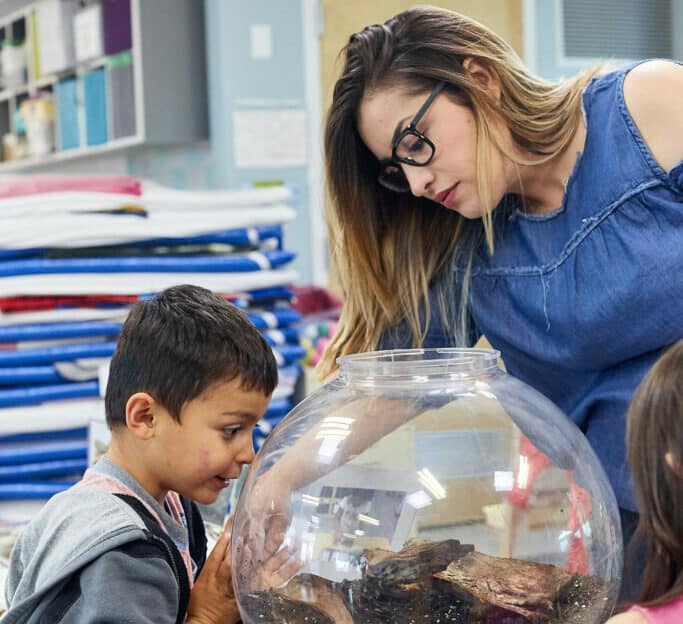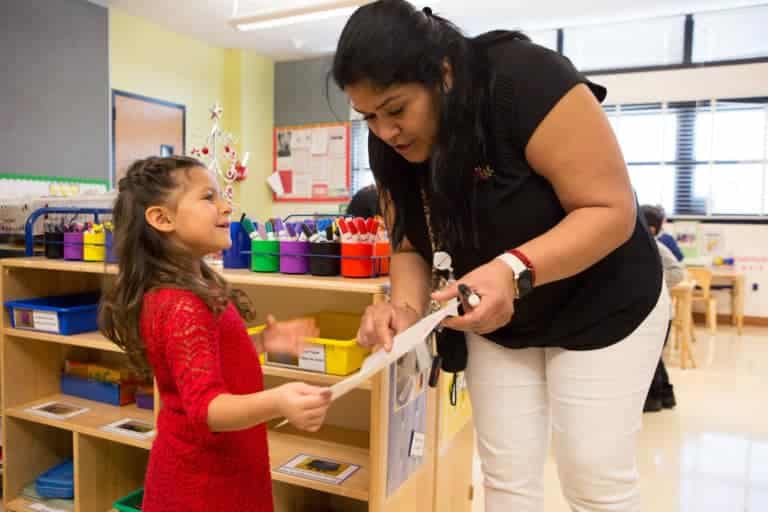The Early Learning Lab (The Lab) believes the early childhood field can leverage technology to accelerate children’s early learning outcomes at scale. The Lab’s thought leadership and solution development focuses on the ways that technology can and should be used to support high-quality adult-child interactions, enhance program and service operations, and streamline and coordinate systems-level data.
We work hand-in-hand with parents, teachers and caregivers to create solutions that help them to support their children’s healthy development and we produce trainings, publications, and convening on how to effectively use technology across early childhood settings.







